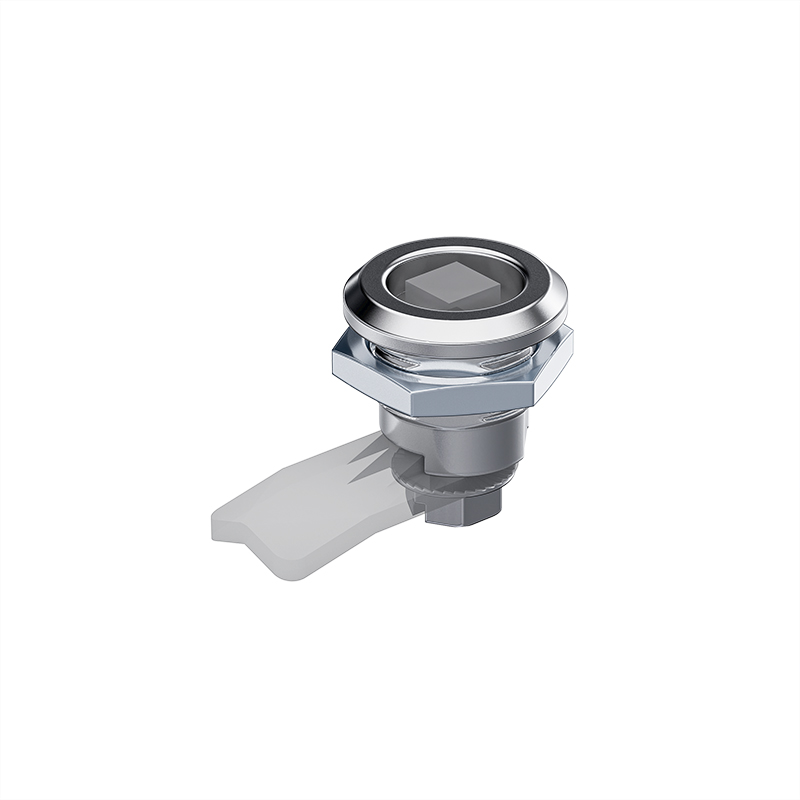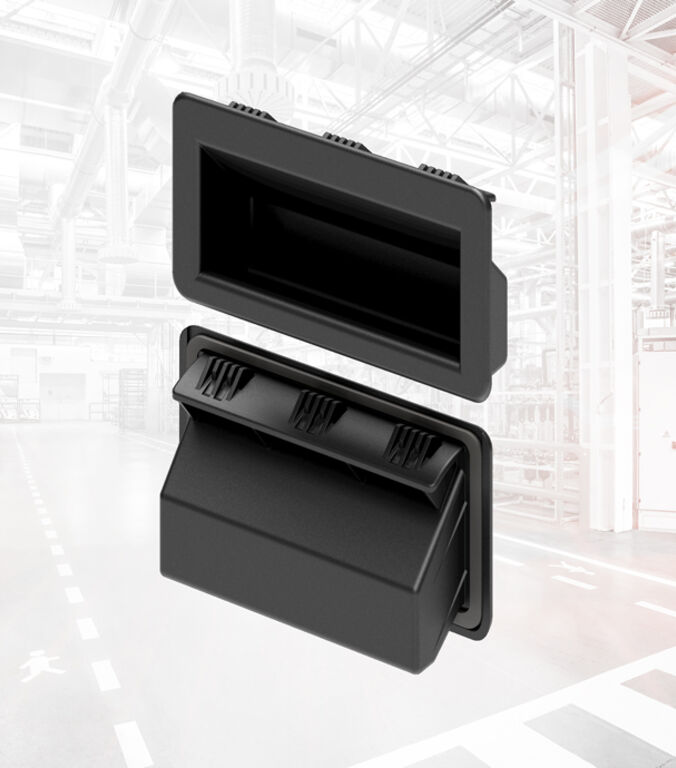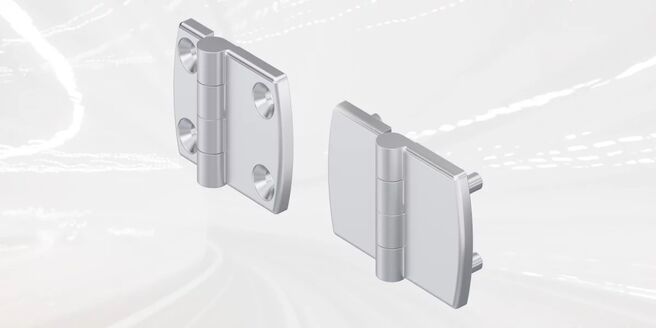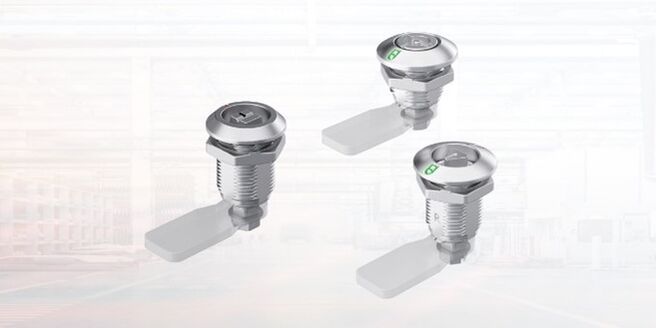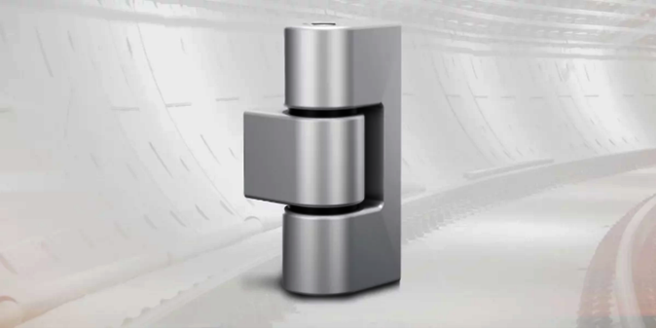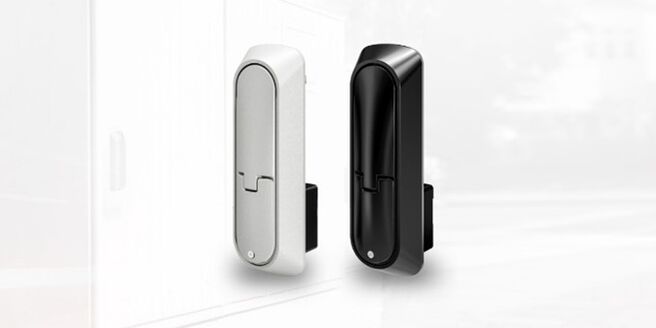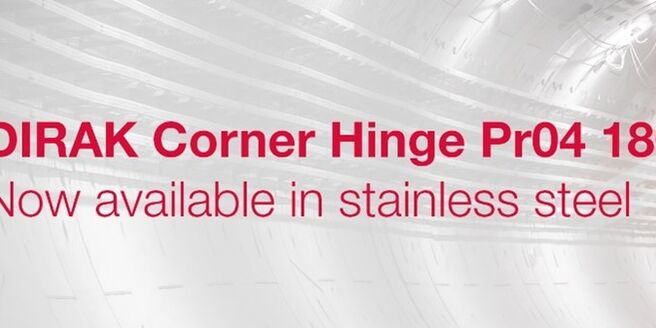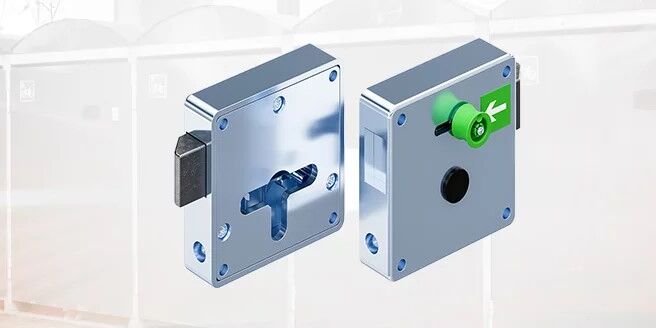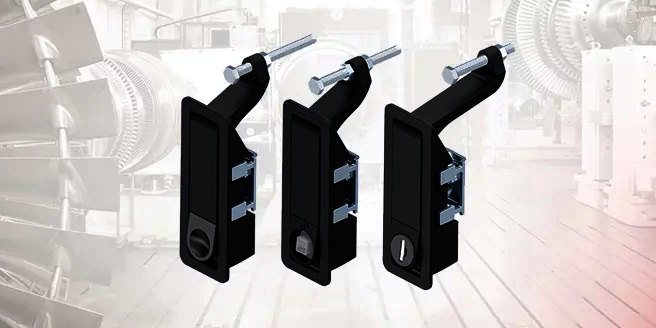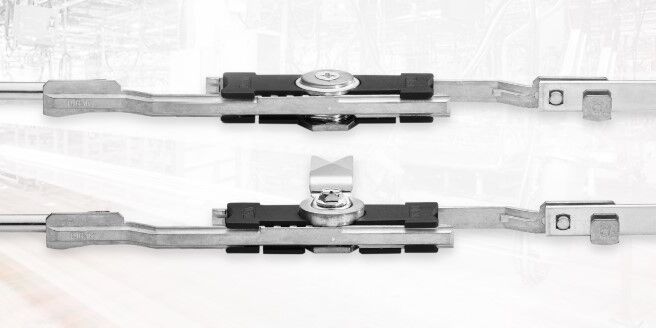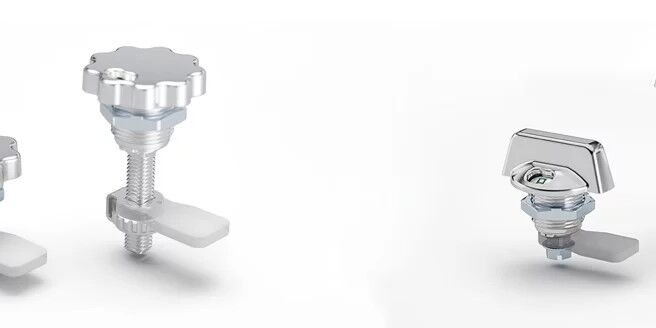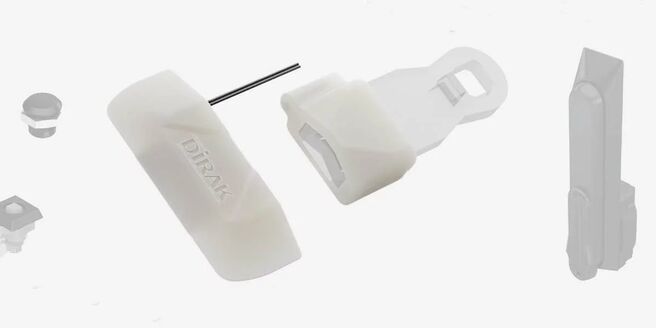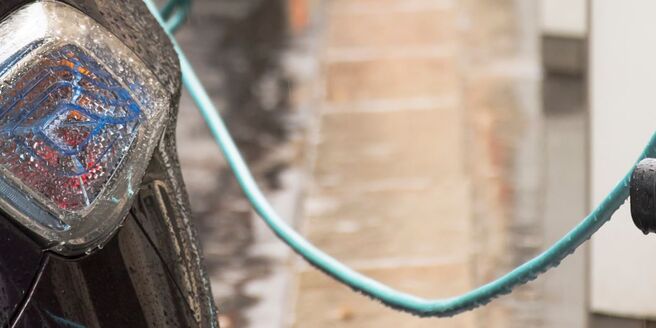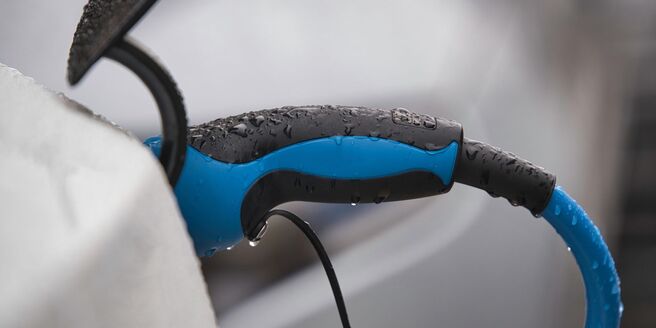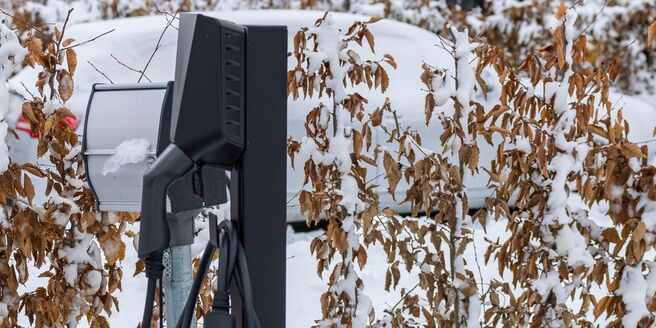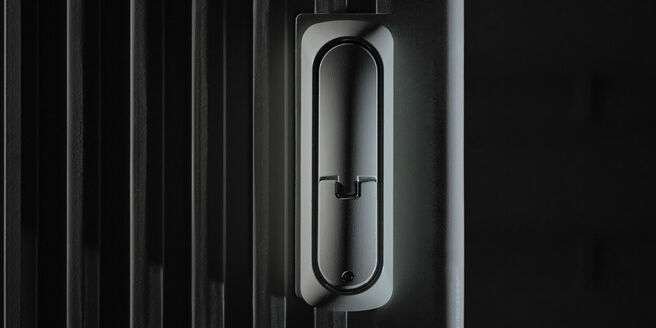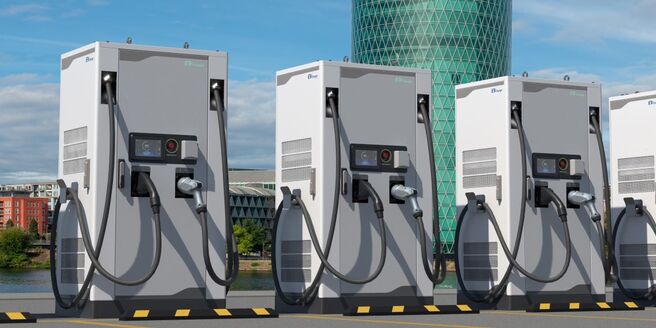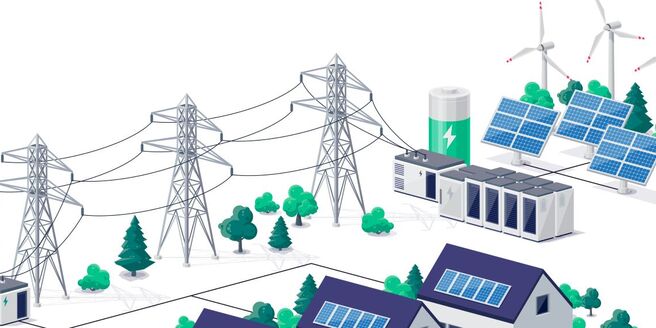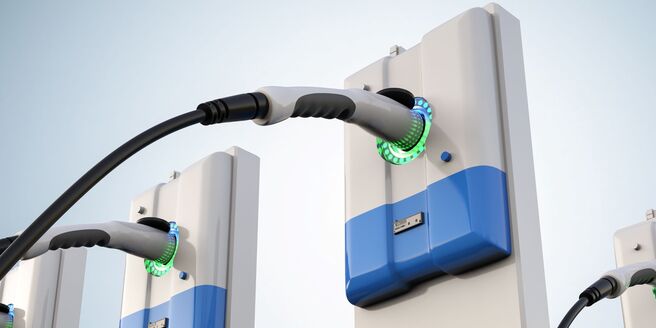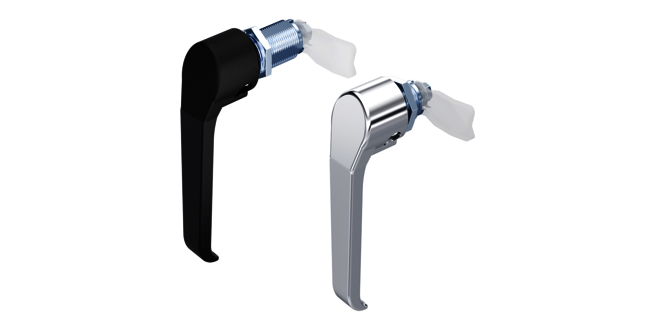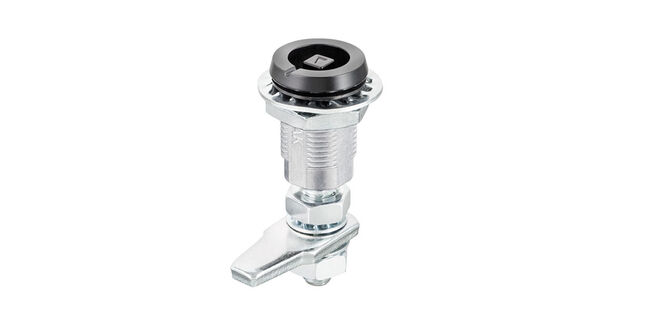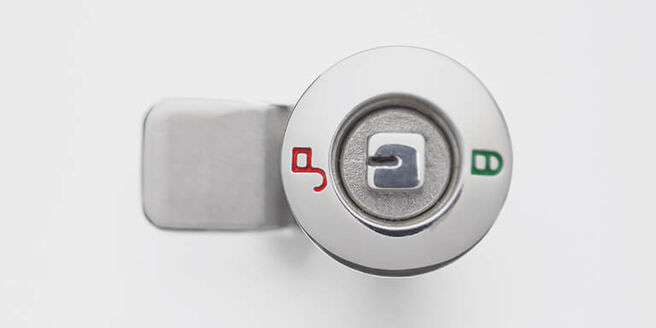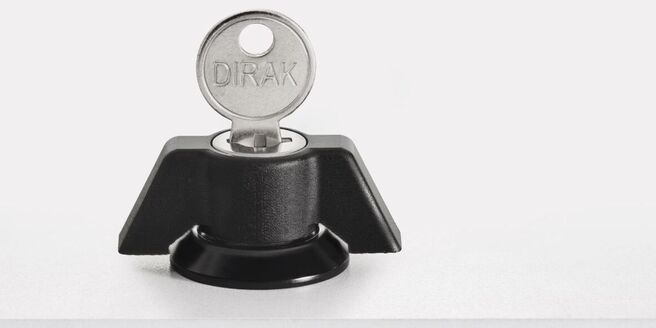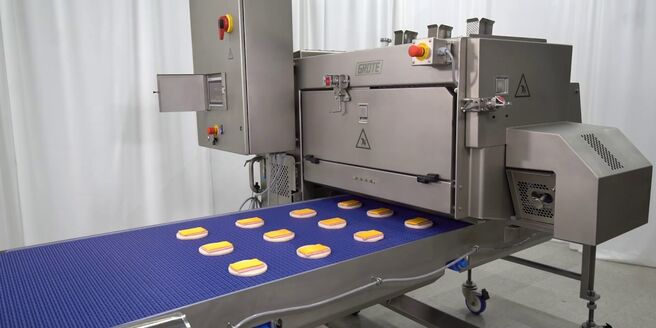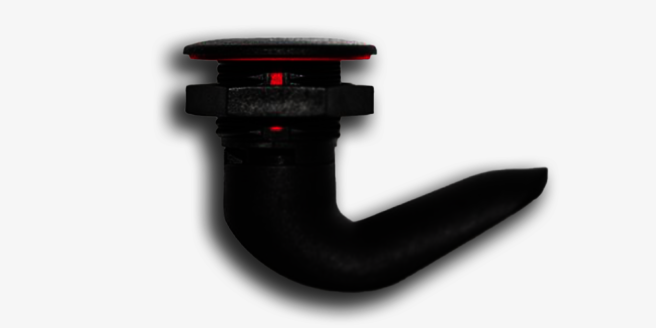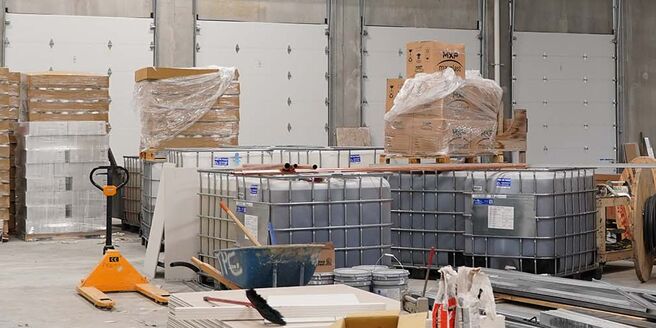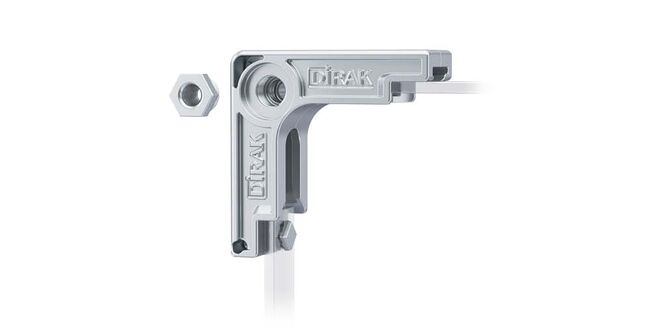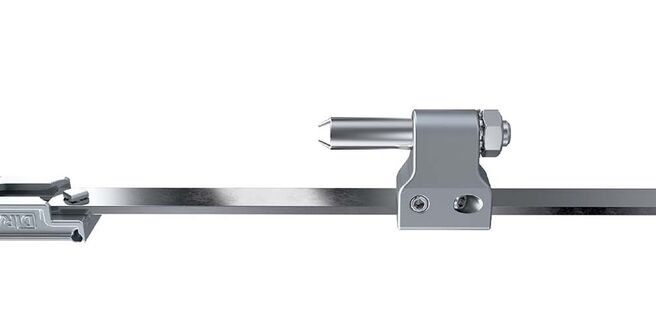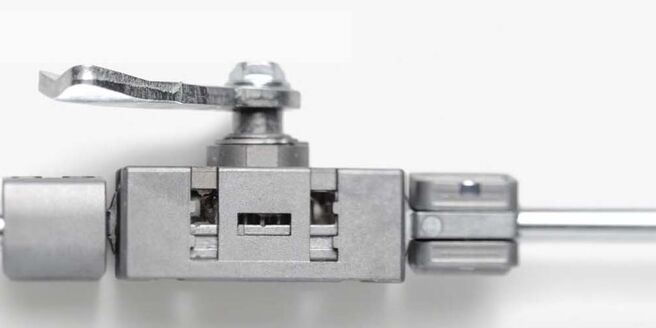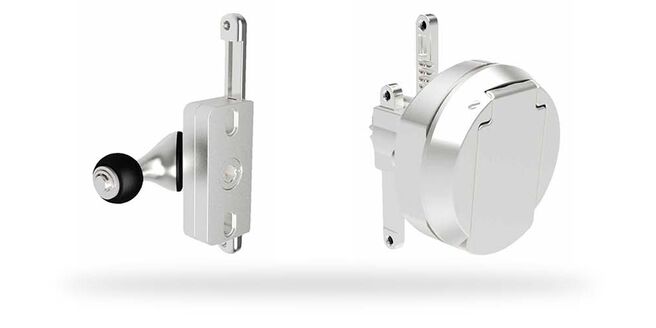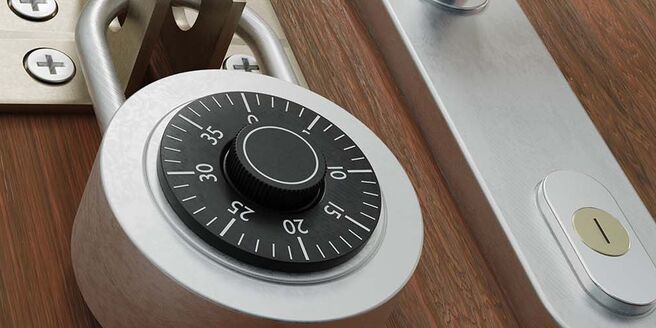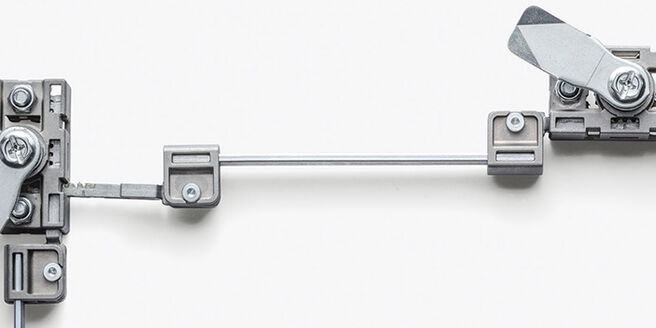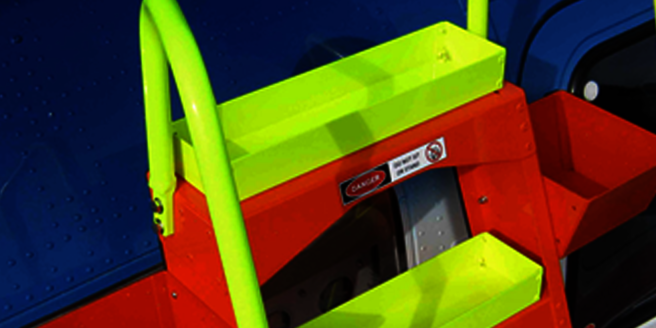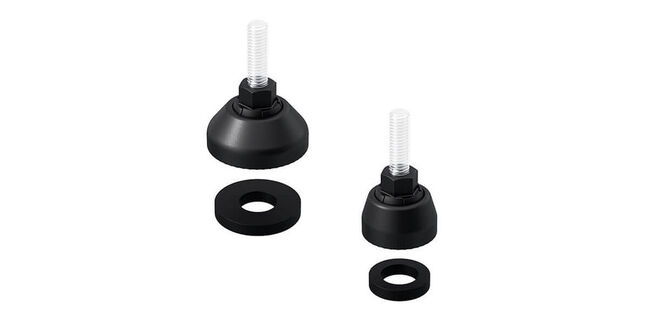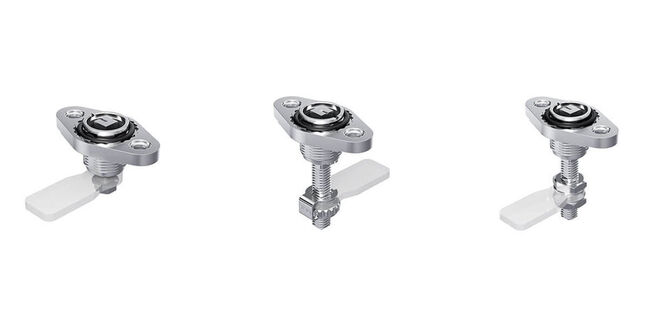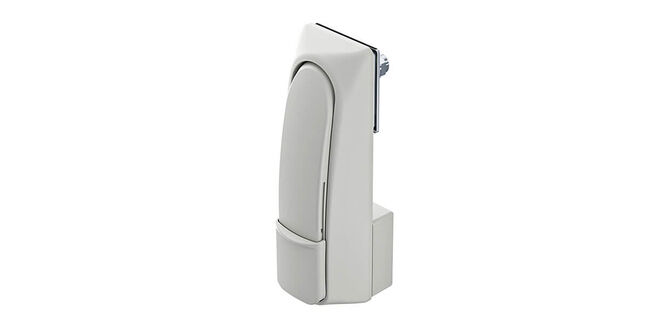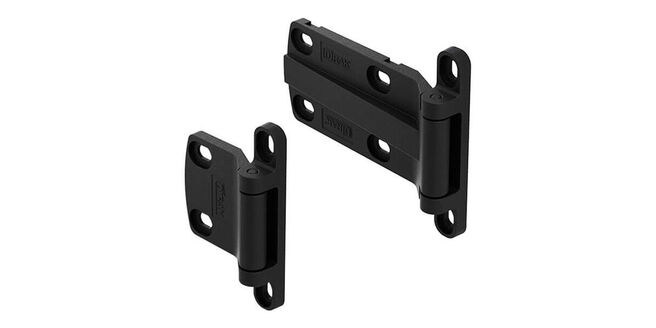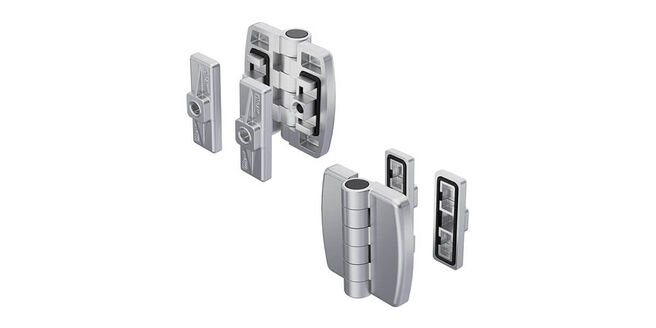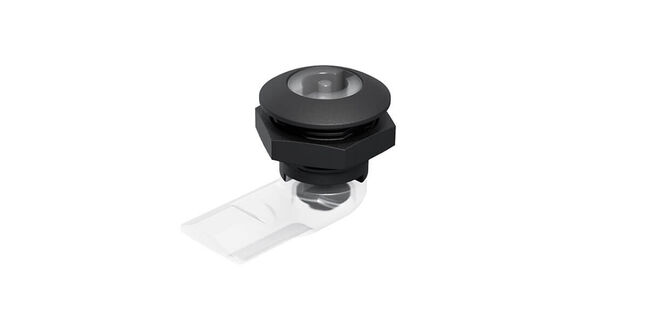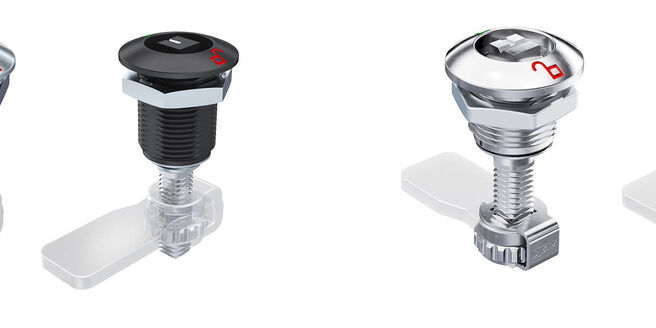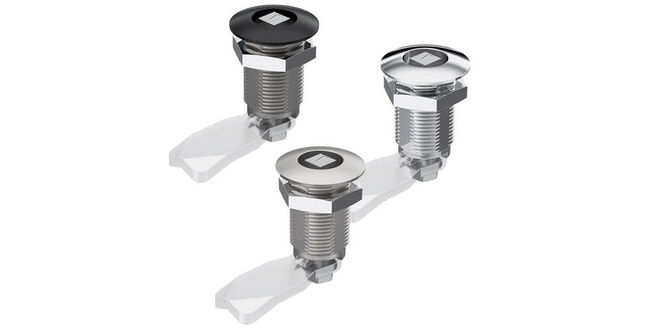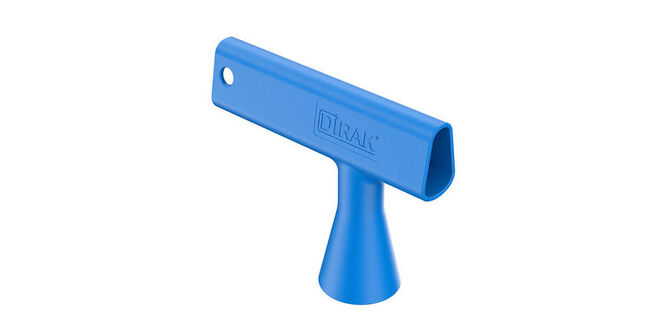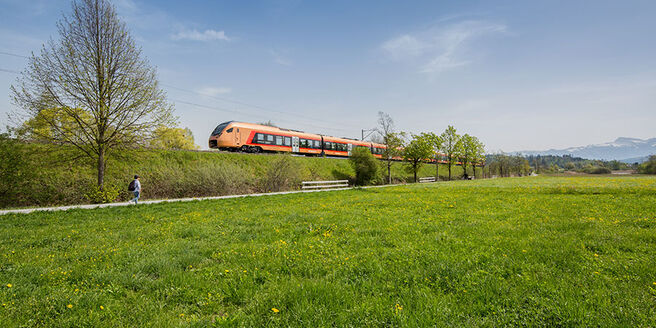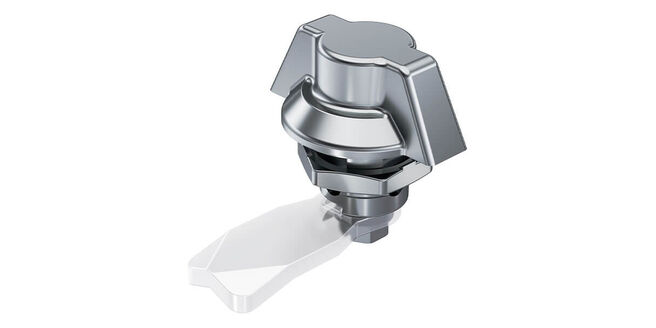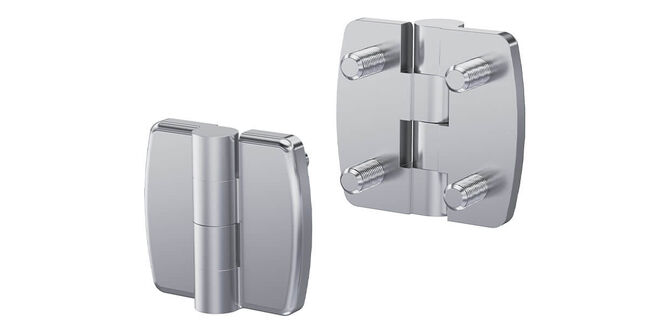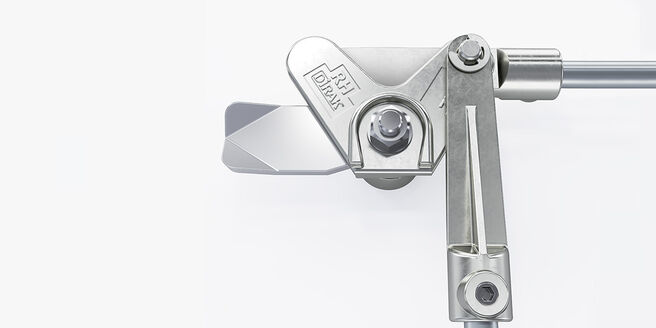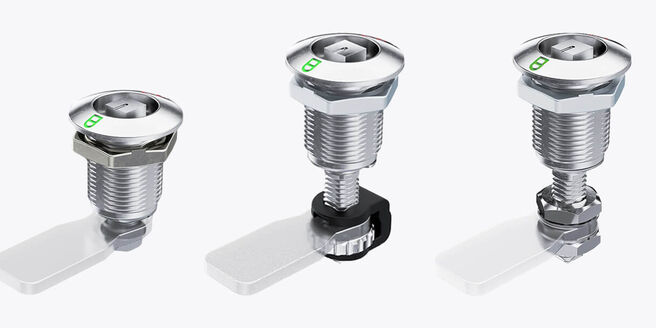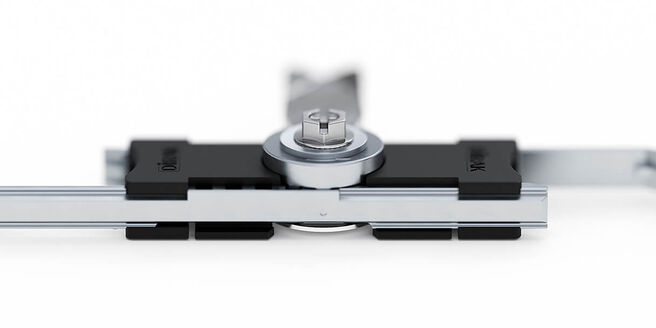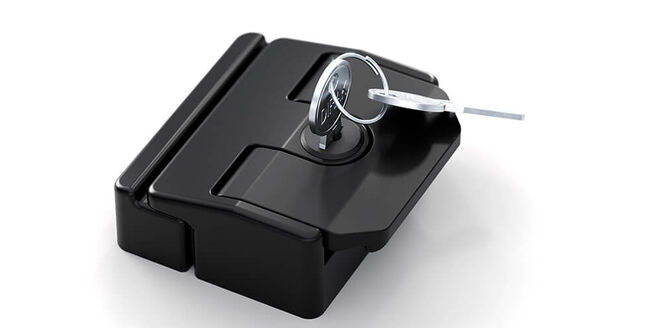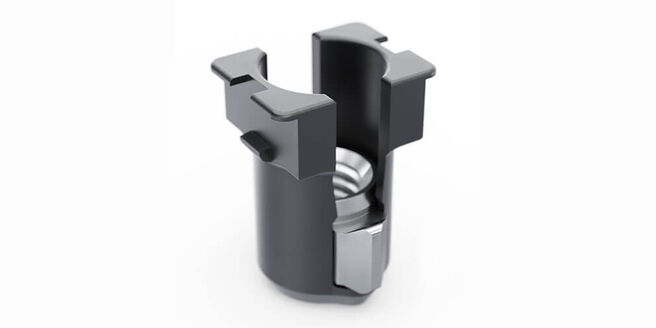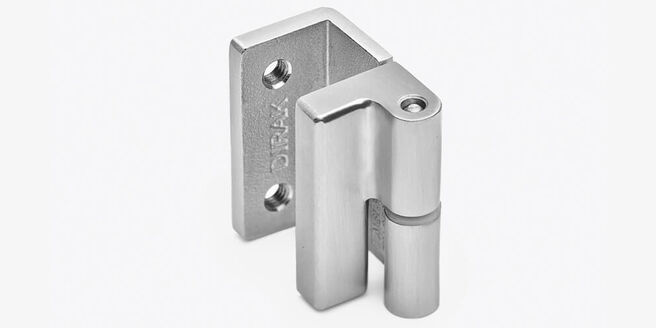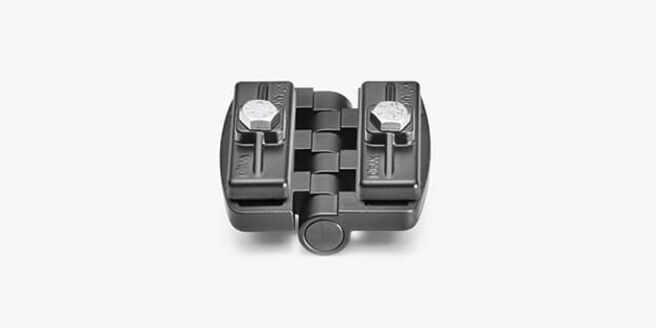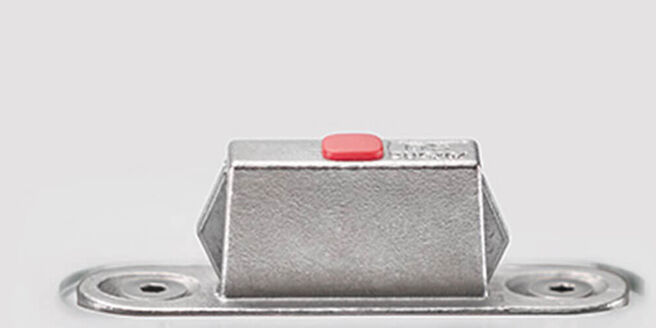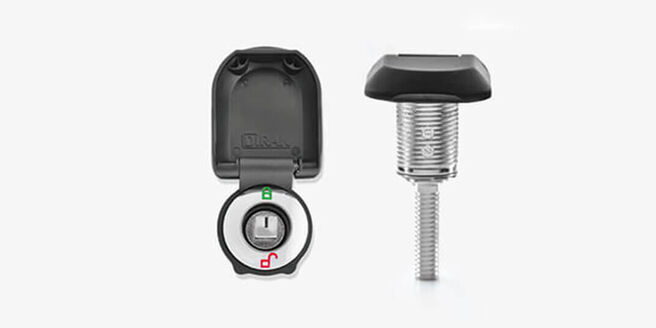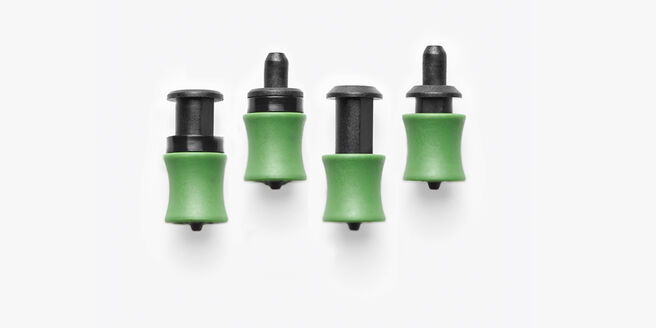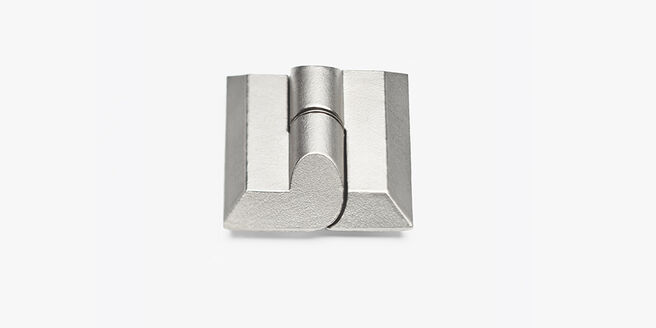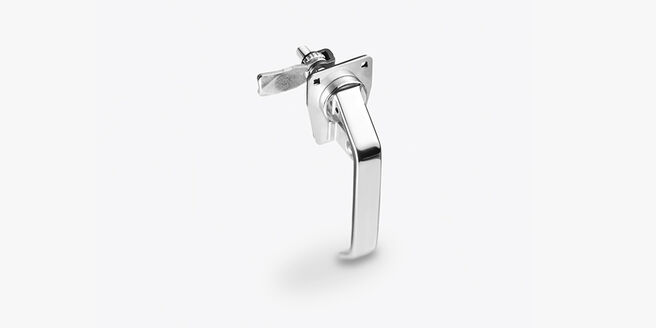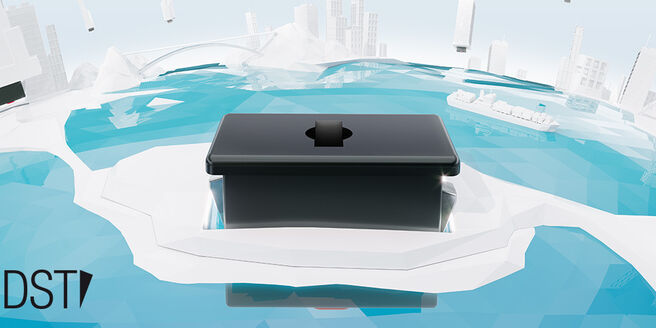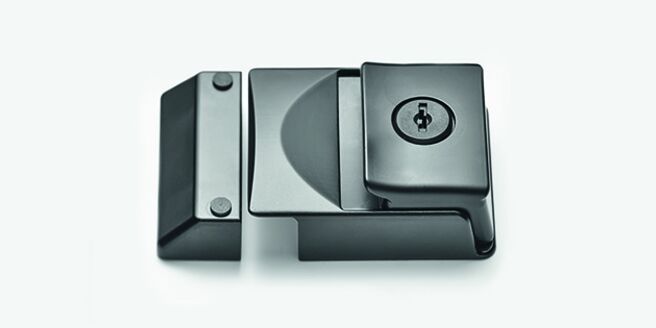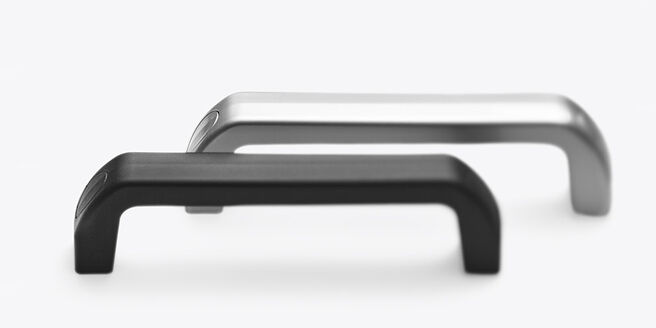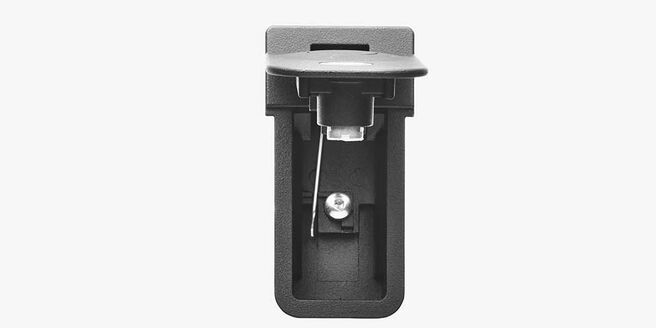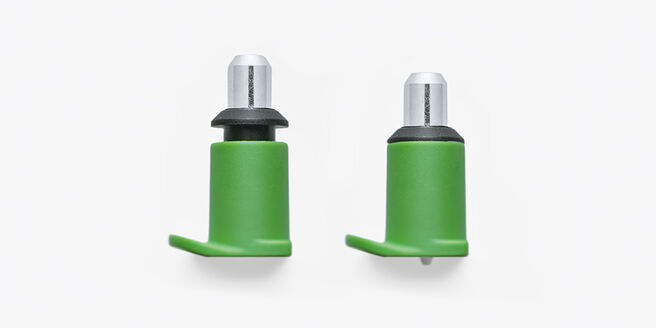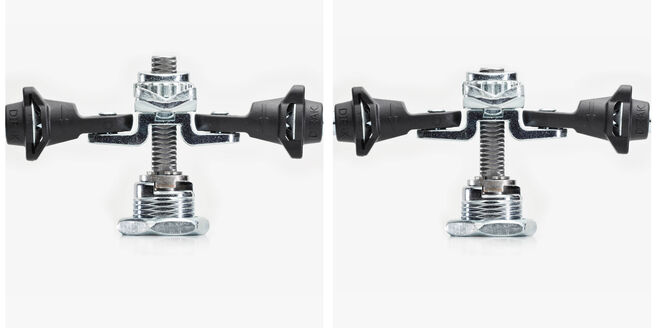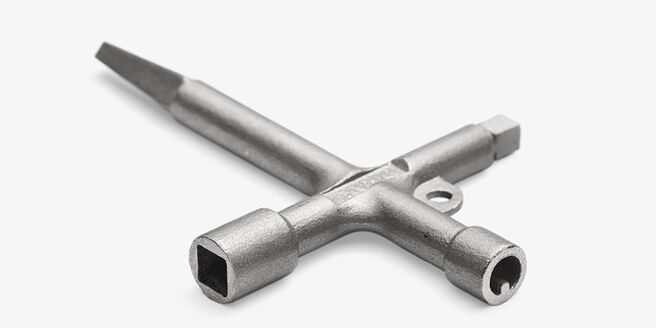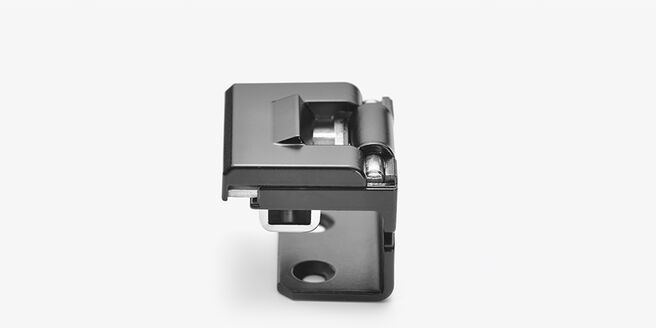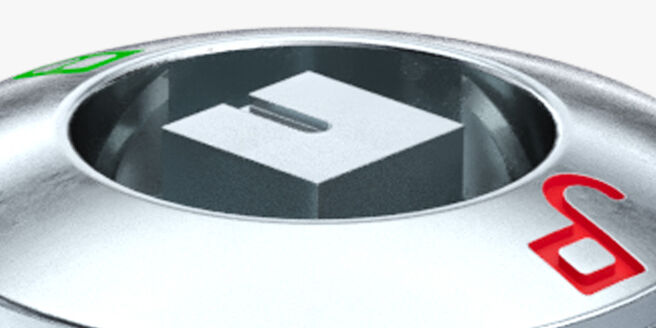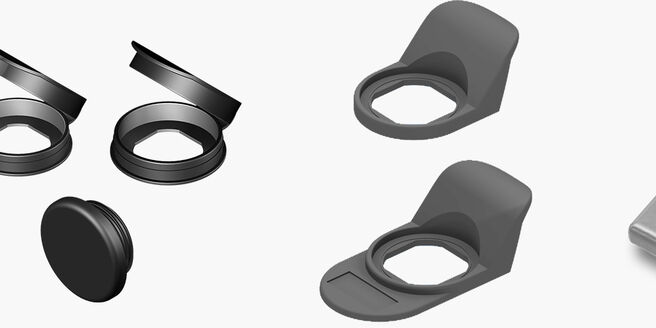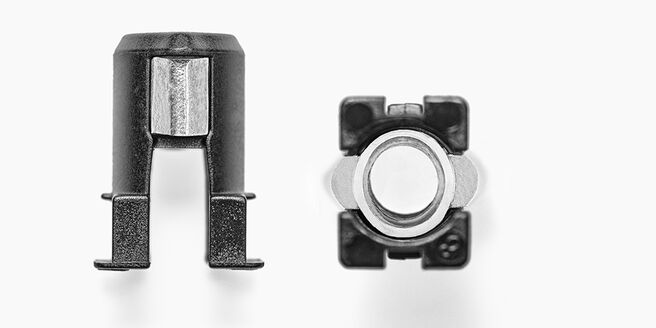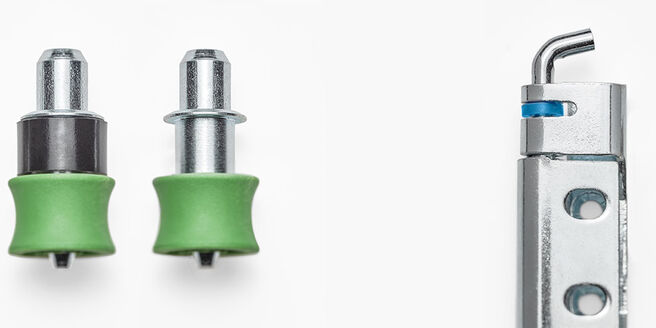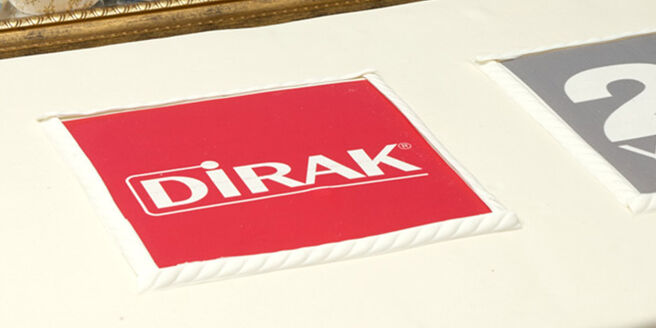Cam Latches: Everything You Need to Know
Articles, Quarter-turns
Have you ever stopped to think about what keeps us, as a society, safe?
In the most literal sense, how often do you consider the physical hardware used on the industrial enclosures that are all around us every day, keeping the equipment inside and people around it safe?
How often do we take the time to consider the locks and locking mechanisms that we rely on everyday?
There are numerous types of latches, with varying degrees of complexity depending on their intended use.
In fact, engineers have to consider a long list of latch types when preparing to install hardware, as different latches can be utilized to best address the pain points of different applications.
For over 30 years, cam latches (also referred to as cam locks) have been trusted to secure doors, access panels, and practically any other compartment on all types of industrial applications.
So what makes these latches so dependable?
Let’s talk about it.
Who Invented the Cam Latch?
Throughout the course of his lengthy career as a sales engineer, Dieter Ramsauer gained valuable experience and understanding regarding the needs of his customers.
This experience led Dieter Ramsauer to invent the modularly designed cam latch in 1967 and a modular rod latch system in 1968. This new upgraded modular design created the first cross-industry standard for cam latches. Now cabinet manufacturers could easily swap housings, inserts and cams to meet the needs of various industries.
Designed to be utilized for fast and efficient latching devices for doors, lockers, cabinets, drawers, safety boxes and virtually any other compartment, a quarter-turn is a bit more complicated than meets the eye.
You may be asking, “Well what’s the difference between a cam latch and a quarter-turn?”
Spoiler alert: There isn’t. While these names are vastly different, this is only due to regional nomenclature/name differences.
A cam latch, cam lock, and quarter-turn all refer to the same type of latch.
Now that we got that out of the way, here’s a high level cam latch overview:
- Cam latches are made up of a main unit that is connected to a cabinet door or removable panel - drop window, and a rotating ‘cam lever’ that can engage or disengage a non-moving frame or fixed panel.
- So when the door or window is shut, that same rotating lever can rotate behind the door frame or panel, keeping the door from opening and effectively securing the door shut.
- This cam lever can be activated with a simple twisting motion by hand or key (think about unlocking your front door for example).
Still following? Great. Let’s get into the details then.
CAM LATCH: More Than Meets The Eye
Cam latches are an extremely cost effective and easy-to-use latch that engineers frequently use for various applications.
Let’s break it down: A cam latch is a type of latch that features a bolt (typically referred to as a ‘cam’) that moves along a rotating axis (connected to one end of the bolt) instead of oscillating as a piston would.
This bolt is connected directly to a screw through the rotating axis. When the axis rotates, the bolt will rotate behind a fixed panel or into a door frame, securing it in place.
In some cases of door or cabinet panel application, cam latches are used that could be adjusted by flipping a lever, which would ‘pinch’ the door or removable panel and secure it shut.
Another reason this type of latch is so effective is that various locking mechanisms, whether they be simple or more advanced, can be used in conjunction with a cam latch for even more security.
Cam latches are typically made of zinc die, stainless steel, or polyamide, though you can find some available in varying materials.
Things to Consider Before You Buy
Cam latches are great for consumer and industrial applications, as they are extremely resistant to pulling, ramming, drilling, and most other means of forced entry thanks to their unique keyways!
In fact, some manufacturers like DIRAK utilize patented access control programs, effectively eliminating the risk of illegal duplicate keys.
Because cam latches have a reputation for being manageable, simple, and extremely reliable, they are especially popular where valuable technology or personal information is stored.
Cam latches are compatible with both non-metal and metal locking mechanisms and as we’ve covered, are practical for a wide variation of applications. Engineer and consumers both should be weary of a number of considerations when looking to purchase a cam latch:
- Custom vs. standard cam latch: latches are available in a wide variety of key configurations, components, and sizes. Depending on the individual application, a shorter and more flat cam latch could fit, or perhaps a lengthier one will do the job.
You have the option to add your own touch of style to the lock, with several finishes including iron, copper, nickel, brass, and more.
- Choosing the right cam rotation: various key removals, rotations, and cam positions are available.
Wrapping Things Up…
Cam latches come in a wide variety of configurations, all specialized for practical use-cases.
These configurations include:
- Combination Lock: Cam latch in which the combination can be reset by the user.
- Vibration-Resistant: Cam latch that is resistant to vibration with a flush housing surface.
- Compression: Vibration-resistant cam latch featuring a 7mm compression stroke.
- Hand-Operable: Cam latch featuring an L-handle for operating by hand.
- Hygienic: DGUV certified cam latch featuring high quality polished stainless steel.
DIRAK-SNAP-Technology Quarter-Turns: Cam latch that can be installed without the need for any tools.
While these configurations have stark differences, they have more important similarities.
They all are made up of a main unit that is connected to a moving door or cabinet panel, and a rotating ‘cam lever’ that can engage or disengage a non-moving frame or fixed panel.
Cam latches, also known as cam locks or quarter-turns, are reliable applications that have been trusted to secure our doors, and cabinets for over 3 decades now.
DIRAK offers some of the most revolutionary and innovative quarter-turns in the industry today. If you want to learn more about cam latches and how they can improve your enclosure's functionality and security, fill out the contact us form below!
FAQ
- What is a cam latch?
- A cam latch is composed of a body, and a ‘cam lever’ that rotates to secure or release a door to a non-moving frame or panel. It is a simple and effective mechanism designed to secure access to entry points and panels.
- How does a cam latch work?
- Cam latches are simple mechanical devices actuated by ‘twisting’ or turning the base, either with your hand or a key, which will pin the door or other compartment shut by rotating the cam lever behind a fixed object.
- Keys are necessary to open keyed cam locks.
- Which types of latches are most common?
- Latches have distinct differences and complexities depending on their use case. These are the most common latch types:
- Cam Latch
- Push-To-Close Latch
- Compression Latch
- Sliding Latch
- Draw Latch
- Hidden Latches
- Magnetic Latches
- Indoor Latches
- Outdoor Latches
- Custom Latches
- Latches have distinct differences and complexities depending on their use case. These are the most common latch types:
- What’s the difference between a cam latch and a quarter-turn?
- Spoiler alert: There isn’t. While these names are vastly different, this is only due to regional nomenclature/name differences.
- A cam latch, cam lock, and quarter-turn all refer to the same type of latch.
- What types of Quarter-Turn configurations does DIRAK offer?
- These configurations include:
- Combination Lock: Cam latch in which the combination can be reset by the user.
- Vibration-Resistant: Cam latch that is resistant to vibration with a flush housing surface.
- Compression: Vibration-resistant cam latch featuring a 7mm compression stroke.
- Hand-Operable: Cam latch featuring an L or T handle for operating by hand.
- Hygienic: DGUV certified cam latch featuring high quality polished stainless steel.
- DIRAK-SNAP-Technology Quarter-Turns: Cam latch that can be installed without the need for any tools.
- These configurations include:


